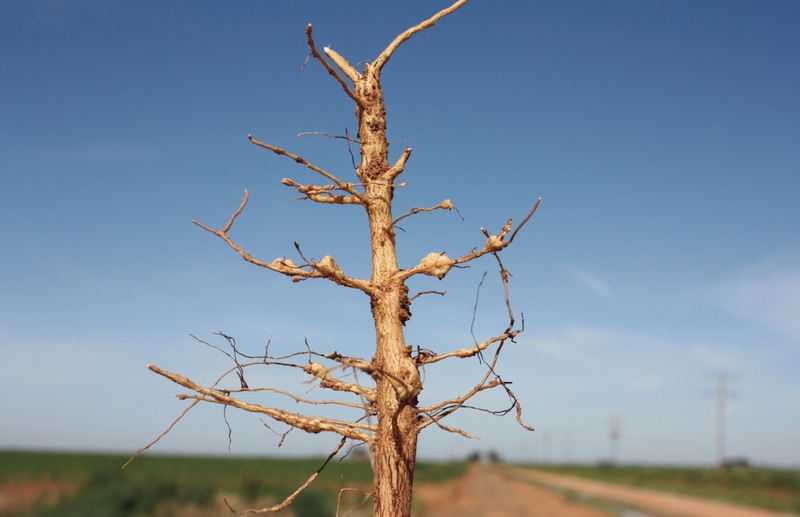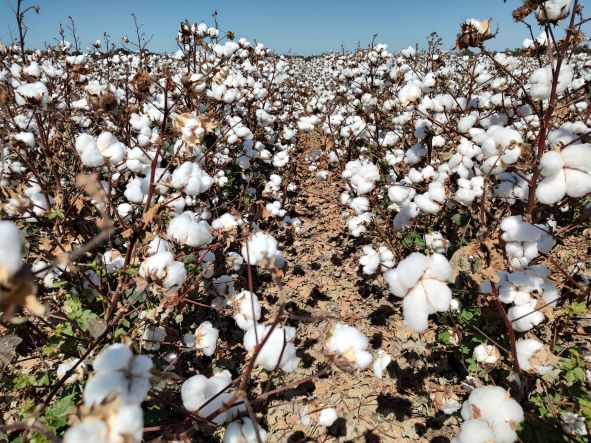Deltapine Continues to Build on its Strengths
At the risk of sounding redundant (again), it’s safe to say that Deltapine had a good year in 2019.
From DP 1646 B2XF – once again the top planted variety in the U.S. – to solid performance from other newer B3XF varieties across the Cotton Belt, growers have seemed pleased with their variety choices as harvest begins to fill in the final details for the year.
“From a performance perspective, I thought we were going to have a fairly late crop this year,” said Keylon Gholston, Deltapine Cotton Product Manager. “September changed that for most parts of the Cotton Belt. The September and early October heat really helped the crop catch up and finish out.”
Preliminary yield reports have been very encouraging for two of Deltapine’s newest varieties – DP 1916 B3XF and DP 1948 B3XF. Gholston was quick to point out the “excitement” about these varieties in their respective geographies.
“DP 1916 B3XF did extremely well in the northern part of the Cotton Belt, especially in the Carolinas and upper Mid-South,” he said. “I recently talked with a grower in the Carolinas that had finished harvesting his 1916 and said it looked like it was going to average over 3 bales per acre.
“DP 1948 B3XF was specifically released for tougher dryland or light water acres in Texas,” he added. “After initial harvest in East Texas, it looks like it performed extremely well in dryland conditions in a pretty tough year.”
According to Gholston, several other varieties also showed out in their “best fit” geographies this year, including DP 1851 B3XF, DP 1835 B3XF, DP 1845 B3XF, DP 1820 B3XF. DP 1840 B3XF and DP 1725 B2XF. And DP 1646 B2XF continued to provide top yields and excellent fiber quality for growers.
So what’s in store for Deltapine’s Class of 20? Just several potential varieties that has Gholston “more excited about this class than I have been about any other since we started the NPE program.”
The company is testing nine new B3XF lines across the Cotton Belt. Early data shows that five of the nine lines have yielded equal to or better than DP 1646 B3XF beltwide, with all nine outyielding 1646 in their specific areas of adaption.
Three sets of varieties are being broadly tested with NPE growers this year, and initial indications are that all three will work well north to south and east to west. Two other lines are focused in the Mid-South and Southeast, with two additional lines testing well in the Mid-South, Southeast and East Texas – including one that carries the native trait for root knot nematode control. The final two lines are being evaluated in the High Plains under dryland and limited water conditions.
“We have a really strong class from a yield and fiber quality perspective,” said Gholston. “Four of the nine lines have really good fiber length, and five of the nine have really good fiber strength. And all of them also have good levels of resistance to bacterial blight and Verticillium wilt.
“I’m looking forward to getting the yield data on these varieties and putting them in Deltapine bags as the Class of 20.”









